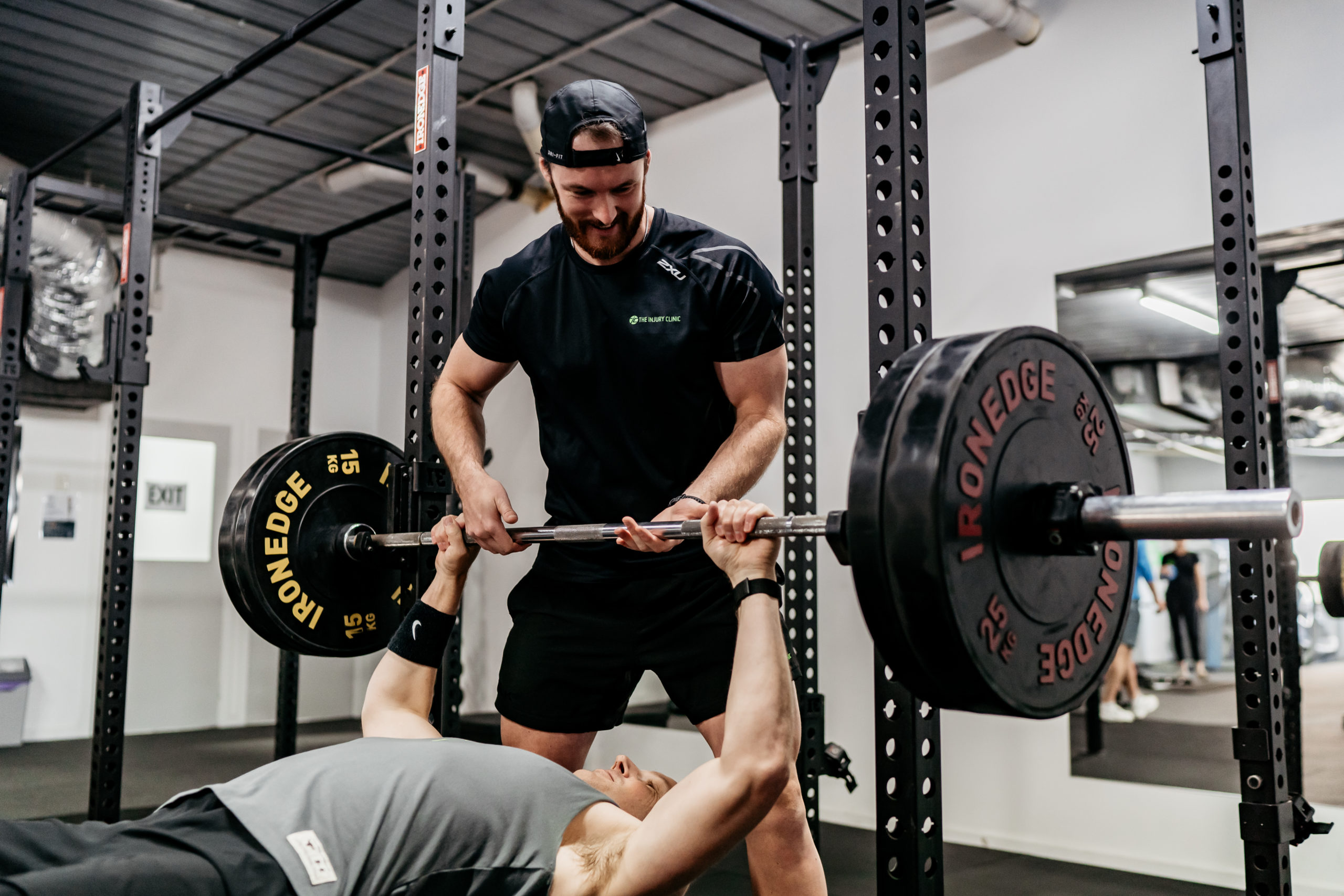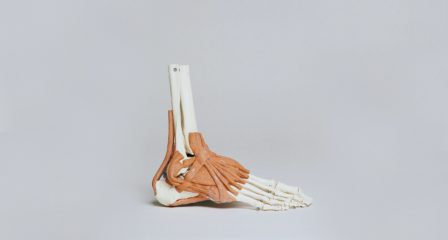An increase in muscular strength without noticeable hypertrophy (muscle growth) is the first line of evidence for neural involvement in the acquisition of muscular strength.
Jenkins N.D et al., examined the neural adaptations of resistance training at 80% 1RM to failure, compared to training 30% 1RM to failure. Although both 80 and 30% load saw similar results when looking at muscle growth, 80% 1RM saw a much greater increase in neural adaptation.
Motor neuron recruitment speed and maximal motor unit discharge rate largely explains the individual ability in generating rapid force contractions. During heavy and rapid contractions, motor neurons are recruited in a short burst and begin to discharge at high frequencies.
In the early phases of a training program, typically, strength gains are interpreted as an increase in neural drive, which is the sign of the increased efferent neural output from the CNS to active muscle fibres.
The results of an experiment conducted by Del Vecchio etl., 2019 demonstrate for the first time that the increase in muscle force after 4 weeks of strength training is the result of an increase in motor neuron output from the spinal cord to the muscle. We show for the first time the full association between the effective neural drive to the muscle and human maximal rate of force development.
Maximal force contraction is determined by the neural activation in the moments before we generate force.
For athletes that compete in sports that involve quick/fast feet, footwork, agile and sharp movements, like soccer, NFL, boxing. The majority of increases in these aspects of physical development come in the form of an increased neural drive from brain to distal aspects of our legs and coordination increases as the specific movement patterns become more familiar.
Del Vecchio, A., Casolo, A., Negro, F., Scorcelletti, M., Bazzucchi, I., Enoka, R., Felici, F. and Farina, D., 2019. The increase in muscle force after 4 weeks of strength training is mediated by adaptations in motor unit recruitment and rate coding. The Journal of physiology, 597(7), pp.1873-1887.



